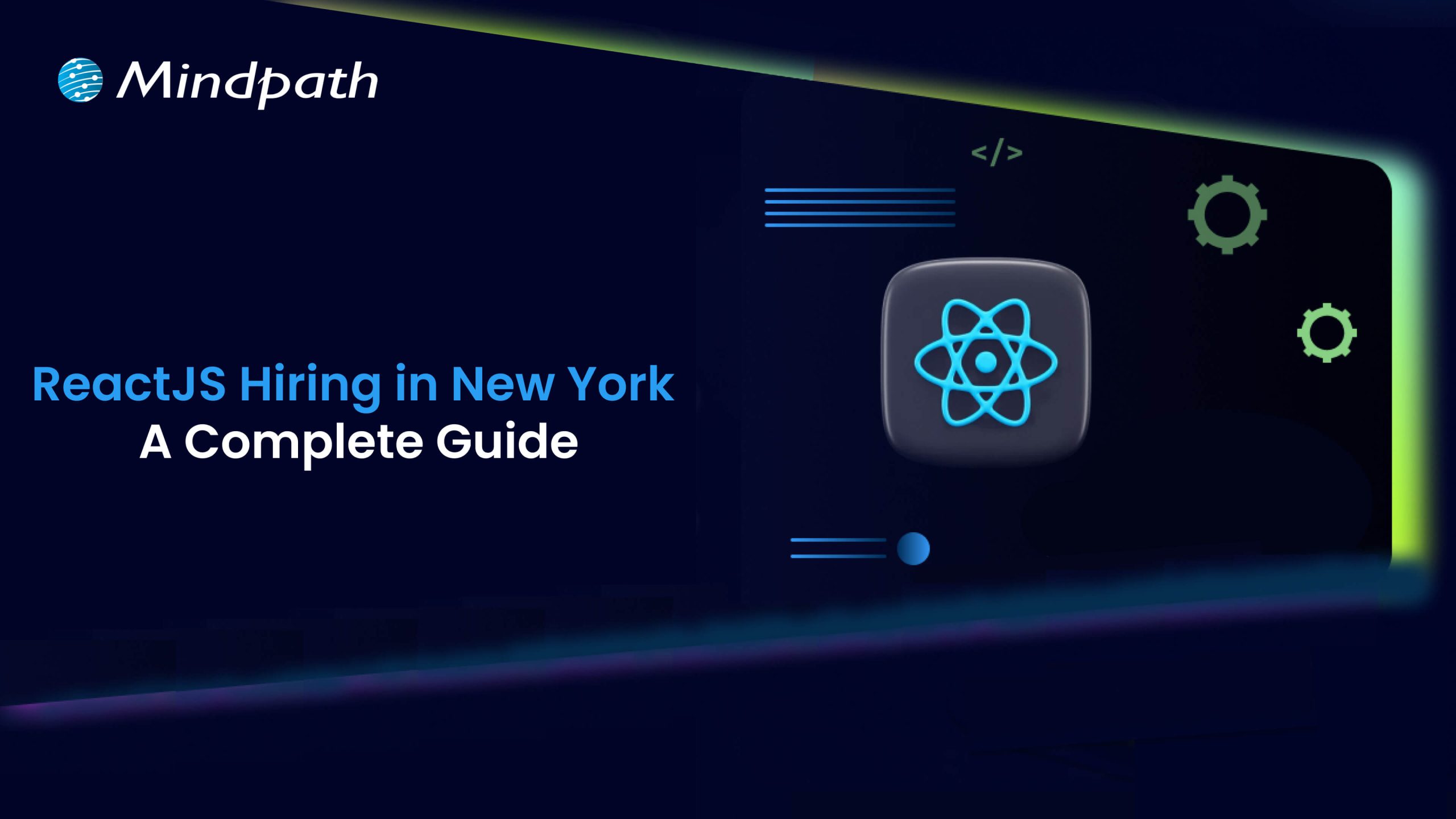Are you looking to hire a freelance software developer for the first time and not sure where to start? The options might be overwhelming in finding the right developer for your company. But don’t worry! In this blog we will explore the steps to hire a Freelance Software Developer which can be beneficial for your next project.
Software development is the process of creating programs that instruct a computer on what to do. It resembles providing a list of instructions for a computer to execute. There are varying types of software, all serving different purposes. System software is the core software that makes your computer operational and runs its hardware. Programming software is equipped with a text editor and compiler, which are the packages in use for writing and testing codes. Application software consists of programs that empower the end-user to do certain tasks. The engineers who develop software are known as programmers, software engineers, or software developers. They often work as a team, and their roles may overlap depending on the project or company. Freelance developers are important for business because of the cost-effectiveness and flexibility of their work. Freelancers are often highly motivated and disciplined, leading to increased productivity since they focus on delivering quality work on time.
Let us dig into the steps to hire a freelance software developer which will help you choose the right candidate for your web development!
Steps To Hire a Freelance Software Developer
1. Define Your Project Requirements
Define your requirements before you hire a freelance software developer. First, define what it will be about and what you want to achieve. Then, determine the tasks you want the developer to perform and the required skills—like knowledge of some programming languages or tools. Enumerate all the features you would like to see in your software. Also, set a timeline by which you need the project completed. Being clear about your needs will help in choosing the right kind of developer for your need and make sure he understands what your project is all about from the very start.
2. Create a Detailed Job Description When you want to hire a freelance software developer, you need to describe the job by stating precisely what you want. First, define the exact duties a developer will be performing. They may include writing code, testing features, or collaborating with team members. Be sure to mention technical requirements: knowledge of certain programming languages, tools, or technologies—for example, Python, JavaScript, or React. Be sure to set clear expectations by mentioning your timeline, budget, and any special project requirements you may have, like deadlines or milestones. Provide a brief description of your project and mention the goals in mind and special features or functions you would like added. If you prefer developers with certain experience or certifications, you should also mention that.
3. Evaluate Candidates
Next, you should review the candidates and see the best one for your project. You can start by looking at their portfolios and past work so that you can know their qualifications and experience. This is supposed to present you with an idea of things they have done before and whether their stuff will suit your needs. Check on other clients’ reviews or feedback that have worked with them. On the other hand, good reviews may hint that they are easy to deal with and their work is reliable. Verify that candidates possess the specific experience and knowledge required for your work. Furthermore, be keen on communication skills since good communication is a precondition of understanding the project requirements and smooth working together. Carefully considering all these issues will enable you to select the right freelance software developer who will have a positive input toward your project.
4. Conduct Effective Interviews
While you’re looking to hire freelance software developers, make sure you have asked relevant questions and gauge their response. You can make a list of questions concerning their previous projects, skills, and experience and ask them how they will handle your project and solve different problems that may arise. This will help in assessing their problem-solving skills and whether they can deliver according to your needs. Ensure that they understand what you want and that they can clearly explain their thoughts. Openly discuss their availability and how they deal with deadlines. This will help you know if they can afford any time for your project. Asking the right questions and observing their communication skills will help you in finding a developer suitable for your project.
5. Set Clear Terms and Agreements
You must be clear in terms of agreements when hiring a freelance software developer. First off, you can discuss and agree on their rate and payment terms. You will either pay by hour or for the whole project, so lay down a schedule for such. Next, draw up a contract detailing scope of work, including the tasks involved, deadlines, and milestones. Add in the brief details about confidentiality to protect your ideas and ownership of completed work so that you can correctly guard against the theft of your rights to the final product. Such clear agreements at the beginning will help work toward a fruitful collaboration.
Is your project in need of a skilled freelance developer?
Mindpath is here to provide you with the talent and support you need to make it happen.
Hire Software Developers at Mindpath
At Mindpath, we smooth out the process of hiring a software developer so that you get the best talent for your project. Our approach is meant to make the process of hiring smooth and effective at each stage, right from identifying needs to development process support.
1. Determine Project Goals
First, define the principal objectives and technical requirements of your project. This identifies what you intend to achieve, and which skills are required in reaching your goal.
2. Selection of Eligible Candidates
All the candidates eligible to work on your project are reviewed according to their experience and area of expertise through portfolio reviews and evaluation, by interviewing them, and checking them against project needs.
3. Project Collaboration
Pick the right developer and get the project underway with a clear plan and timeline set up for initial meetings to align project goals, deliverables, and milestones.
4. Provide Continuous Support
Provide ongoing support and communication throughout the project to ensure that development progresses at a smooth pace. At the first sign of trouble, act fast and provide feedback that will help keep the project on the right track and aligned with your expectations.
Conclusion
Hiring freelance software developers can be a daunting task for the first time, but with a structured approach, it will come out to be much easier and effective when you are clearly defining your project requirements, creating a detailed job description, going through your potential candidates extensively, conducting effective interviews, and finally, drafting proper terms and agreements. Setting clear terms and agreements guarantees smooth collaboration and saves the interests of both parties.
At Mindpath, we understand very clearly how critical a structured approach to recruitment really is. Our approach ensures that you can find the talent you need to be successful in developing your project from start to finish, and from the specification of the project goals to on-going support, we ensure that every step is straightforward for your complete success. Be it a developer for a complex web application or a simple software enhancement, Mindpath will back you up with tried and tested professionalism.
Ready to bring your project to life with the best freelance software developers?
At Mindpath, we connect you with experts who can deliver exceptional results.













